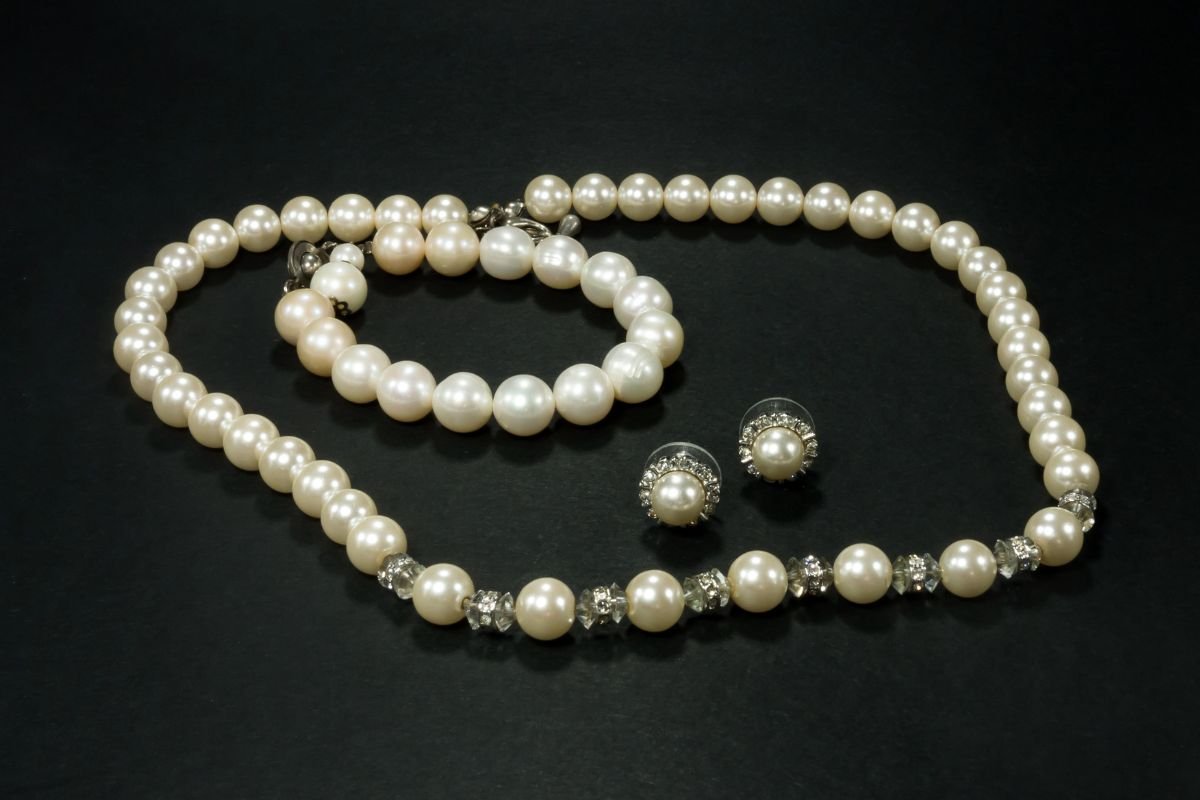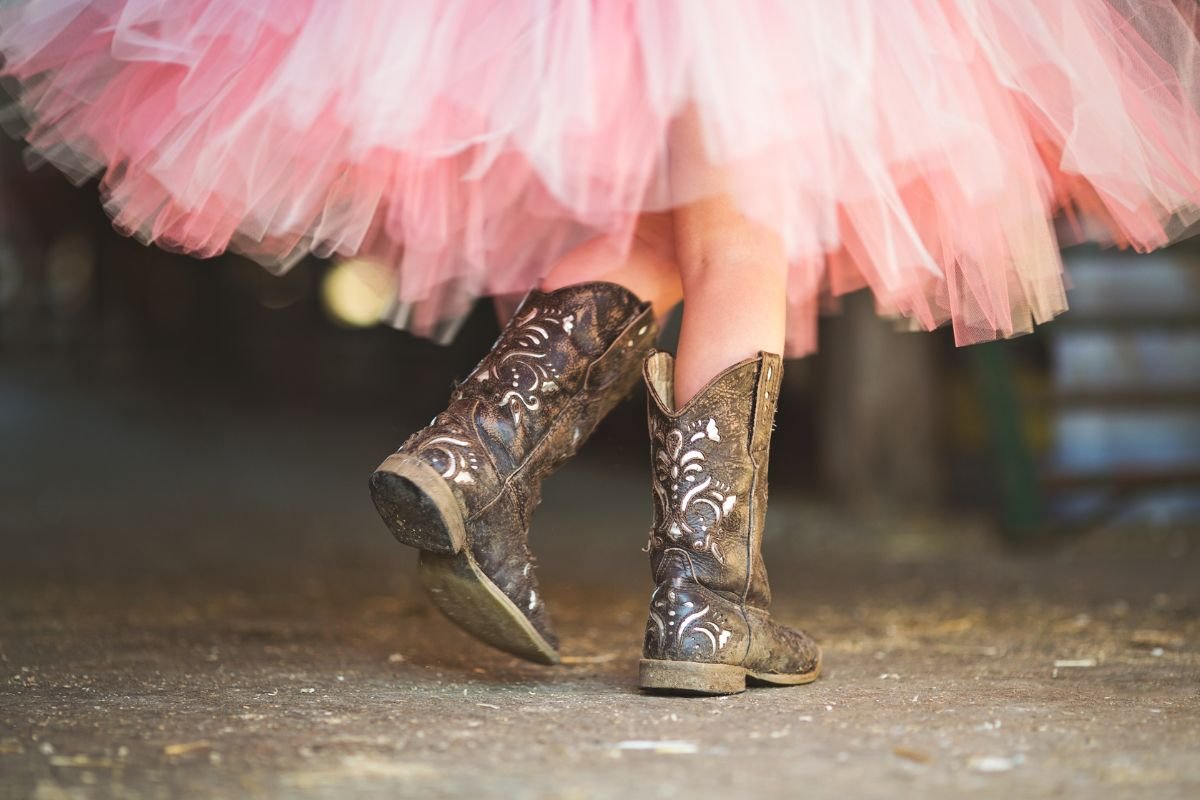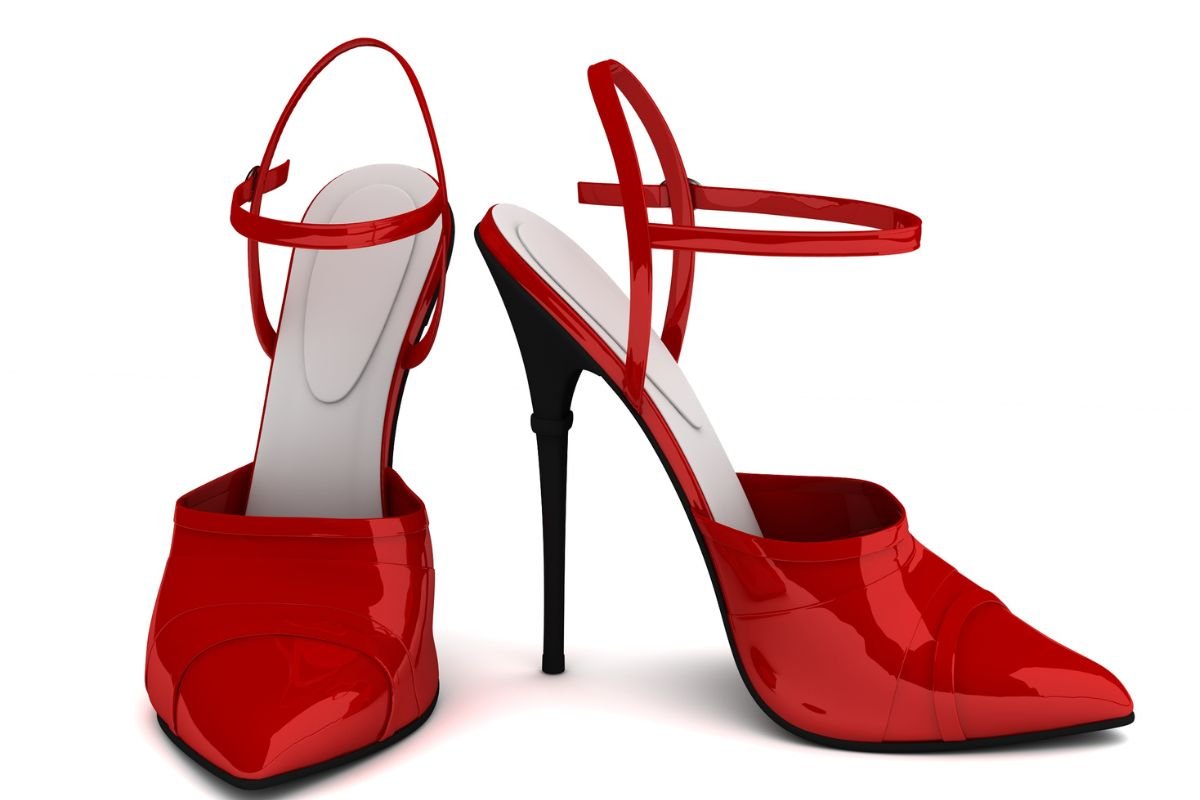If you want to learn how to sew basic stitches by hand, you’ll need some supplies. You’ll need thread, needles, pins, fabric and scissors. Let’s look at the steps to start sewing by hand,

Needles
There are many different types of sewing needles so it’s good to have a variety. Be sure to include a ‘sharp’ needle.
These are generally used for embroidery and quilting but are very handy additions to your sewing kit. They tend to be longer and thinner than a standard sewing needle.
You don’t necessarily need one of each type but it’s worth having both in your sewing kit.
Start And End
No matter what type of stitch or how complex it is, there are always a couple things you need to do at the beginning and end of the stitching process. These steps ensure that your stitches are secure and won’t come undone later.
The starting step involves securing the thread to the fabric. You can use either a knot or a slip stitch to begin stitching.
A slip stitch is done by simply pulling the needle up through one layer of fabric and down again through another. Knotting works best for thicker fabrics like canvas or leather.
Once you’ve secured the thread, the next step is to finish the stitching. Depending on the type of stitch you’re doing, you’ll want to keep the thread taut while stitching.
To do this, pull the thread tight and hold it in place with your fingers. Then continue stitching. When finished, release the tension on the thread and trim away any excess. Let’s look at some stitches needed ro hand sewing.
Basting, Running Or Tacking Stitch
A tacking stitch is a type of hand stitching that holds one piece of material against another while being stitched. A basting stitch is similar except it does not secure the pieces together.
Instead, it is used to keep fabric layers together while they are being sewn. Running stitches are usually done with an ordinary needle and thread and are a continuous type of stitch. They are used to sew pieces of cloth together.
If you’re a visual learner there are plenty of YouTube tutorials that show you exactly how to perform these stitches.
Whip And Overcast Stitch
The Overcast or Whipstitch is one of those basic sewing techniques that every sewist needs to know how to do well.
If you want to make sure that your seams are strong enough to hold up against wear and tear, it’s important that you master this technique.
First, decide whether you want to use a single or double strand of thread. Double strands are generally thicker and stronger than single strands, although both work just fine.
The key to making sure the edges look neat is to use a good quality thread. We recommend using a cotton thread such as DMC #8. When using a heavier weight thread, try to keep the tension even throughout the stitching process.
- bring the needle out of the fabric about three inches away from where you want the finished seam to be.
- Take the needle under the material, coming up through the opposite side.
- Pull the thread tight enough to form a loop, but don’t pull too tightly.
- Bring the needle down through both layers, and continue pulling the thread taut while bringing the needle through the fabric.
- Repeat this step several times, moving the needle forward slightly with each pass.
When you reach the end of the thread, insert the needle into the fabric just above the beginning of the loop. Continue pulling the thread taut, and repeat steps 3–5.

Ladder/Blind/Invisible Stitch
The ladder stitch is a great seamstress technique that involves hiding the stitches under another piece of material. You can use this technique anywhere there are two layers of fabric coming together; you just need to make sure the edges don’t show.
- Bring the needle up through the fabric, making sure it doesn’t pierce the surface underneath.
- Insert the needle into the second layer of fabric, bringing it out again on the opposite side.
- Repeat this process every few inches along the length of the seam.
Invisible/blind stitch is similar to ladder stitch except that the stitching is hidden within the fabric itself.
- Bring the needle up through the material, inserting it into the underside of the next layer of fabric.
- Pull the thread tight to close the loop.
- Continue repeating this step every few inches along the seam.
Choose A Pattern
Once you’ve mastered the different types of stitching required hand sewing you need to select what type of project you want to make. This can be anything from a garment to a pillow.
You can choose from dozens of patterns, including ones designed specifically for beginners. There are even some freebies offered by brands such as Simplicity Pattern Co.
Once you’ve selected a design, it’s time to select the fabrics you’d like to use. Fabric choices can vary greatly depending on the style of clothing you plan on creating.
Prepare Fabric
Fabric cutting is a skill that takes practice. If you don’t know how to do it properly, you’ll end up wasting a lot of fabric. Here are some tips to help you avoid mistakes.
- Start with a large piece of fabric. Extra fabric will allow for mistakes while you’re trying to figure out where to place the seam allowances.
- Fold your fabric in half lengthwise. Now unfold one side of the fabric and press down firmly. This will make sure there are no creases left in the material.
- Cut off the selvedge edges. A “selvage edge” is the part of the fabric that extends beyond the finished product. You want to keep this extra fabric because it creates a strong, sturdy hem.
- Turn the fabric inside out. This step is optional, but it makes things easier later on.
- Lay your fabric flat on your work surface. Use pins to hold it in place.
- Using a ruler, mark each side of the fabric with a dot. These dots represent the center points of the pieces that you’re about to cut out.
Conclusion
Sewing by hand isn’t difficult, but it does require patience and practice. Once you get the hang of it, you’ll find yourself creating beautiful garments that fit perfectly.
- 15 Amazing Vegan UGG Boots Not To Miss Out On - November 23, 2022
- 15 Vegan Running Shoes To Brighten Up Your Wardrobe - November 23, 2022
- 8 Best VEJA Vegan Sneakers To Buy Today - November 22, 2022










